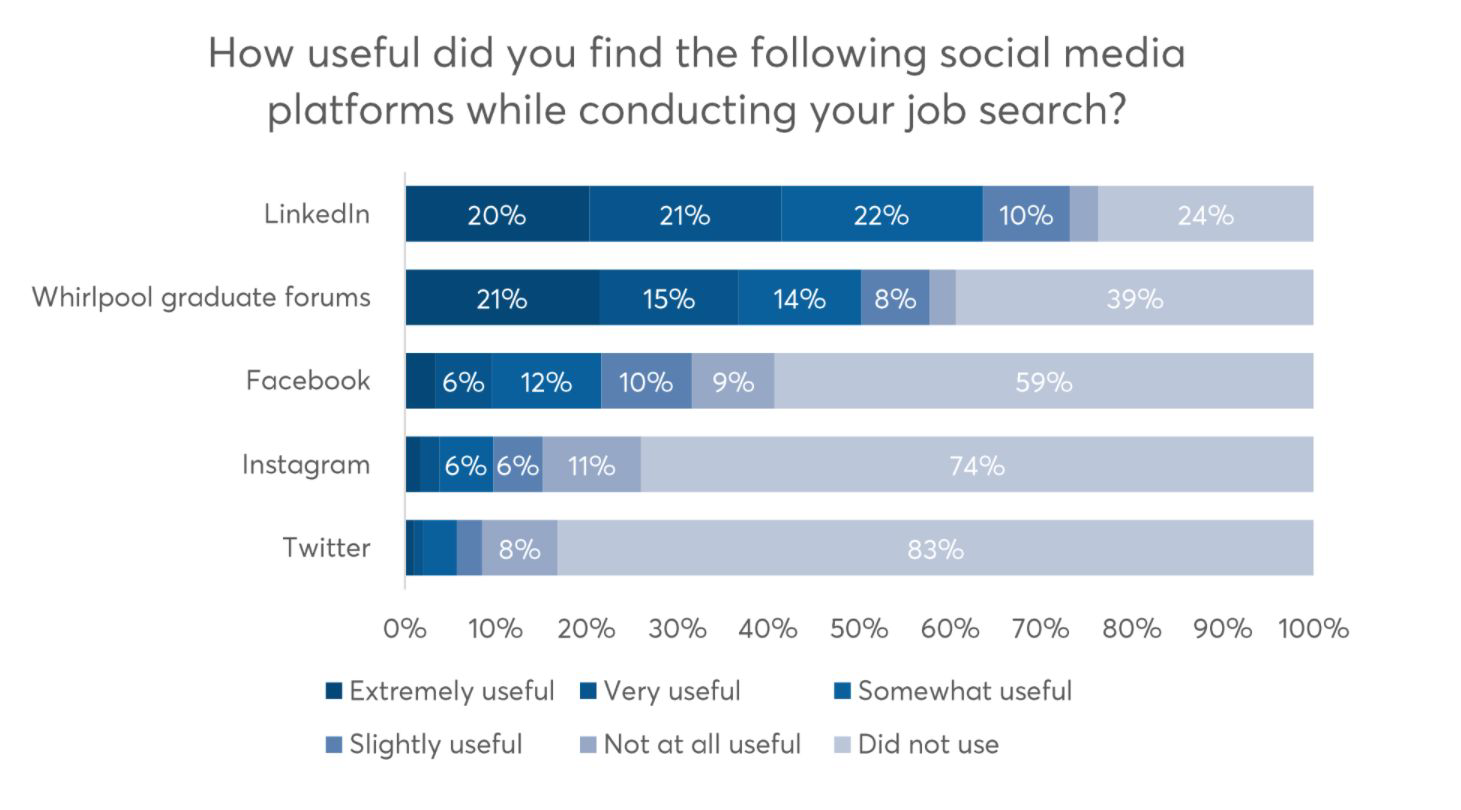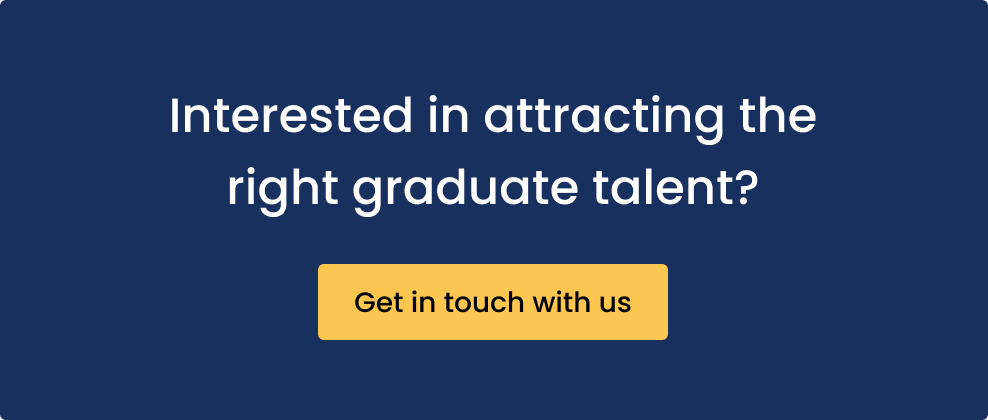Key takeaways from the NZAGE & AAGE Conferences
The annual NZAGE (New Zealand Association of Graduate Employers) and AAGE (Australian Association of Graduate Employers) conferences were held virtually in 2020 due to COVID-19 travel restrictions. These conferences are always a great opportunity for the industry to meet, reflect and learn. In 2020, this was no exception! Here are my top takeaways from this year’s conferences in New Zealand and Australia.
Virtual recruitment and onboarding
With the vast majority (~94% as per AAGE) of employers continuing to recruit graduates and interns in some capacity in 2020, employers had to adapt quickly and move entire recruitment processes online. Leading suppliers like Fusion Graduate Consultancy assisted many employers by moving their assessment centres online in a matter of weeks which meant for many, they could continue as ‘normal’ and provide a great candidate experience.
Virtual career fairs were very popular in 2020 and will be a key attraction tool for employers moving forward. Sophie from FDM Group presented on this at the conference and shared some fantastic insights from a survey of 28 Universities across Australia and New Zealand. The survey data found that student and employer attendance actually increased in comparison to on-campus events. Virtual events also provided more useful data for the universities to help them track employability outcomes. There were some challenges though, it was quite difficult for students to get access to quality one-to-one face time with employers, and virtual etiquette is something that universities will need to upskill their students on for future events.
Realistic job previews
By 2025, 75% of the global workforce will be Gen Z and Millenials. We also know that Gen Z has completely different wants and needs to other generations. There were a number of sessions and discussions around the need for employers to provide candid job and company overviews to help these students make more informed career choices. At Prosple, this is evident in our data, where content like graduate reviews is clearly the number one content type that students view on our sites like GradAustralia and GradNewZealand.
Another trend in 2020 were virtual programmes, where students can freely access a series of projects and hypothetical tasks that mimic what graduates do on the job. A number of top graduate employers across both Aus and NZ have launched virtual experiences recently, including the likes of Clifford Chance, L’oreal, Ministry of Education NZ and Telstra. This means that no matter a student’s background, degree, race or religion, there’s an opportunity to learn about various employers and sectors. These programmes have proven to be very popular amongst students, and this digital content and learning will continue to increase in demand in years to come.
Increase in application numbers
With there being an understandable amount of uncertainty in the graduate hiring market due to COVID-19, students applied for more roles this year than in previous years. At Prosple, we saw a 25% increase in applications this year via the GradAustralia site. Whilst some of that was due to audience reach (up 28%) it was our hypothesis at the time that students were simply applying to more jobs to keep their options open. Interestingly, in the 2021 AAGE Candidate Report, 42% of students applied for 10 or more graduate jobs in 2020, up only 1% from 41% in 2019. Whilst this is a smaller sample size than the GradAustralia.com.au data, it’s interesting to note that there wasn’t as large an increase in applications as expected amongst hired candidates.
AI selection tools
As more companies turn to automated tools and technologies to assist with talent acquisition, debate still surrounds the use of artificial intelligence (AI) in selection. Can we trust AI? And if so, how much? How is it being used incorrectly and how do we get it right? How is the role of the recruiter shifting – and can an algorithm replace the human rater? In AON’s presentation at the AAGE, they spoke about the value of leveraging AI, and how it can help with a range of issues and roadblocks that currently exist in graduate recruitment, like making unusable data usable.
Employer-lead education
With the rise of MOOCs (massive open online courses), employer-lead education is here to stay. You can now complete an IT degree with Google via Coursera, Telstra and UNSW recently partnered to create a series of stackable micro-credentials, an initiative designed to help build Australia’s technology talent and close the gap between the supply and demand of highly skilled professionals. In the UK, leading law firms like Slaughter and May now accept applications from all degrees, not just law students, as they feel they are well equipped to train students to become lawyers on the job. There was a lot of discussion around the future of education and what this means for universities, polytechnics and RTO’s. Is the big degree not as valuable as it once was? What will happen to universities if online learning truly takes off? Time will tell, but it’s encouraging to see that universities like UNSW and Massey University are already moving this way by working with employers and MOOCs to publish their courses online, visible to the masses. In my humble opinion, this is a positive step because inevitably tuition fees will decrease which will help underserved students have access to education.
Other takeouts
- Graduates are becoming more career savvy, with 25% of students starting their job search before the end of their first year of university.
- The main challenges facing organisations when recruiting graduates include; competition for graduates (48%), diversity targets (48%) and ‘keep warm’ strategies between when a candidate has accepted an offer and their start date (44%).
- Candidates are still selecting their employer of choice based on the type of work they will be doing on the job and the reputation of the employer.
- Social media still isn’t broadly used or useful to students searching for work, with only 41% of students using Facebook and 26% of students using Instagram during their job search.

If you attended either conference, I’d love to hear from you and what you learnt. What was your biggest takeaway? Is there anything that you have already implemented into your recruitment processes for 2021 recruitment? If you’re a university, what do you think about the future of education? How will universities adapt? Please feel free to get in touch – [email protected].
